QuickFeather is a development board for the QuickLogic EOS S3, a low-power System-on-Chip (SoC) that has both an Arm® Cortex®-M4F MCU and an embedded FPGA to enable the next generation of low-power embedded Machine Learning (ML).
The board ties into the Adafruit Feather ecosystem of over 60 pre-existing add-on boards, can be powered from and charge Li-Po batteries, and has an on-board microphone, accelerometer, and pressure sensor.
As part of our recently announced QuickLogic Open Reconfigurable Computing (QORC) initiative, we took special care to make everything about QuickFeather open source, from the hardware, to the software, to the tools. The FPGA industry is ripe for the sort of change open source has to offer - QuickFeather is our way of welcoming that change!
Not only is the QuickFeather board itself open hardware, it was designed in the open source EDA platform, KiCad. Full KiCad project source files and final Gerber files can be found in our GitHub repository.
It’s easy to use QuickFeather with Zephyr RTOS via our QuickLogic fork. Similarly, we’ve integrated FreeRTOS into our QORC SDK, which explicitly supports the QuickFeather board and includes sample code for getting started.
We worked directly with key members of the SymbiFlow community to make sure the embedded FPGA (eFPGA) in the EOS S3 SoC used on QuickFeather is fully supported by SymbiFlow’s excellent Verilog-to-bitstream tools. We also partnered with Antmicro to add support for the EOS S3 SoC in the open source Renode simulation and testing framework.
QuickFeather’s combination of sensors, programmable logic, and low-power microcontroller make it a perfect hardware platform for the open source TensorFlow Lite machine learning tools.
For rapid development of custom embedded AI algorithms to run on QuickFeather or any other device based on the EOS S3 SoC, we recommend the SensiML Analytics Toolkit.
The QuickFeather board features the QuickLogic EOS S3 System-on-Chip (SoC), which contains a low-power Arm® Cortex®-M4F processor and an embedded FPGA. The EOS S3 SoC is available in a variety of packages, including QFN and BGA. The QFN version is used on the QuickFeather board, however it is being phased out in favor of the BGA version.
An initial run of 250 units has already been produced. The units have been built and tested by trusted manufacturers and are ready to ship to the fulfillment center. Successive production batches are in the works, and our manufacturers are ready to produce at any necessary volume.
QuickFeather units will be shipped to backers from the Crowd Supply warehouse in the United States. Details on Crowd Supply fulfillment can be found in their guide page on ordering, paying, and shipping.
As the hardware has already been through production, this project carries minimal risk. Of course, there is always a chance that the COVID-19 pandemic would slow shipping down and delay the delivery timeline. If such a thing does occur, backers will be notified via project updates.
Produced by QuickLogic in San Jose, CA.
Sold and shipped by Crowd Supply.
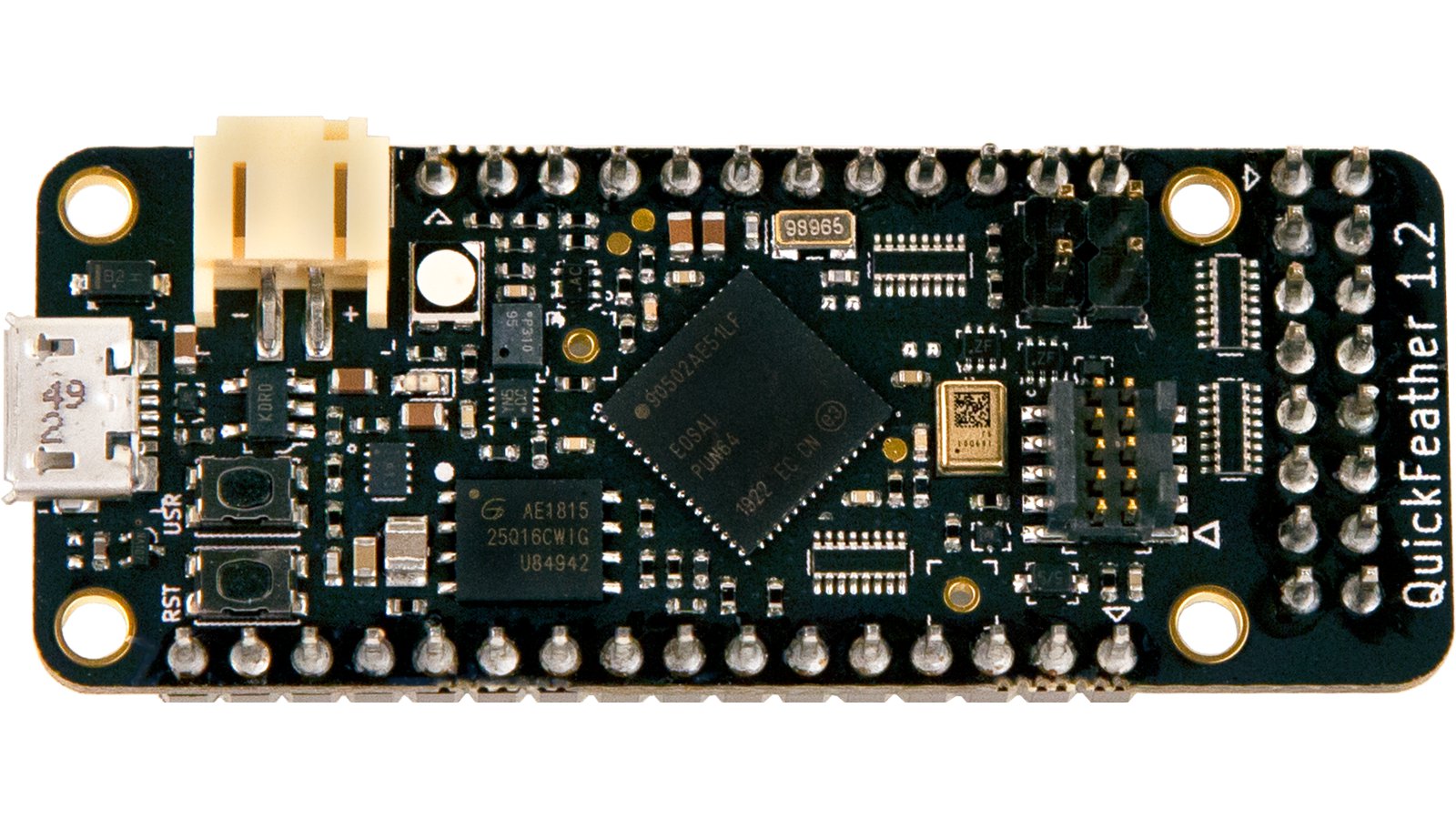
One totally open source QuickFeather board with a QuickLogic coaster and sticker, to boot.
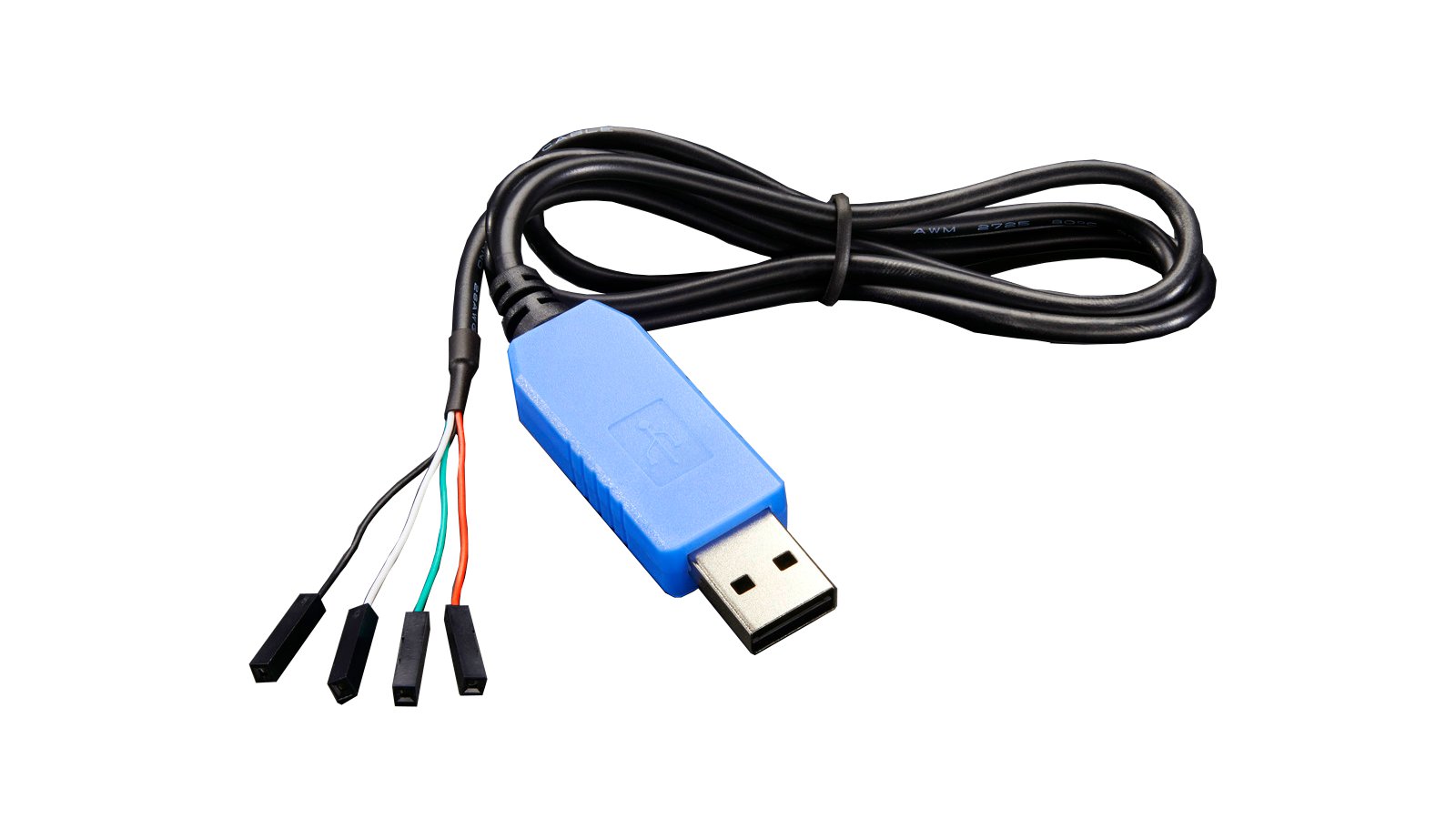
This Adafruit-branded adapter provides the simplest way to program, debug, or otherwise communicate serially with QuickFeather boards.
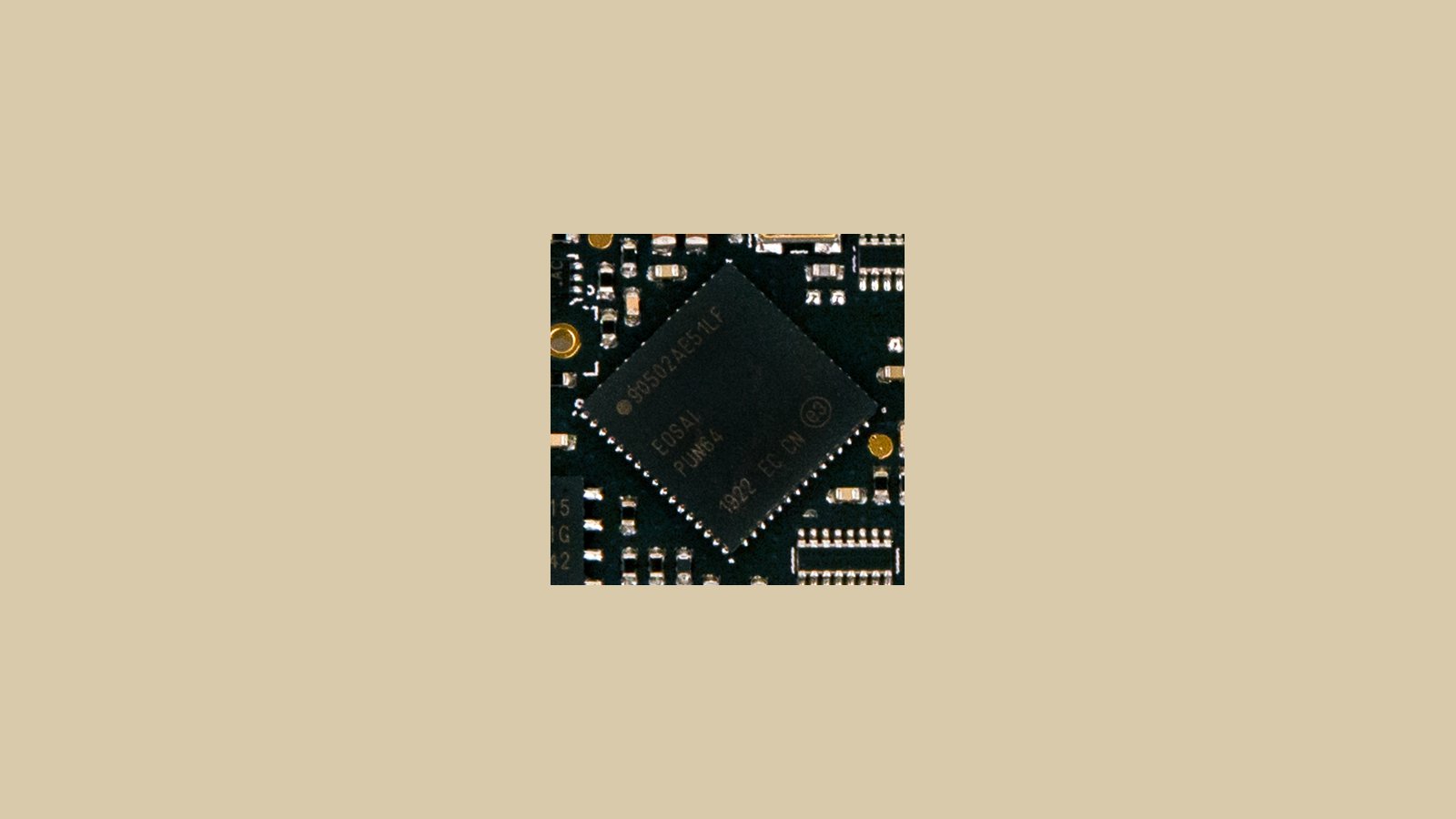
Five of the same system-on-chip used at the core of QuickFeather, in your choice of packaging. Note that the QFN package used on QuickFeather is being phased out in favor of the BGA package and is not recommended for new high-volume designs.
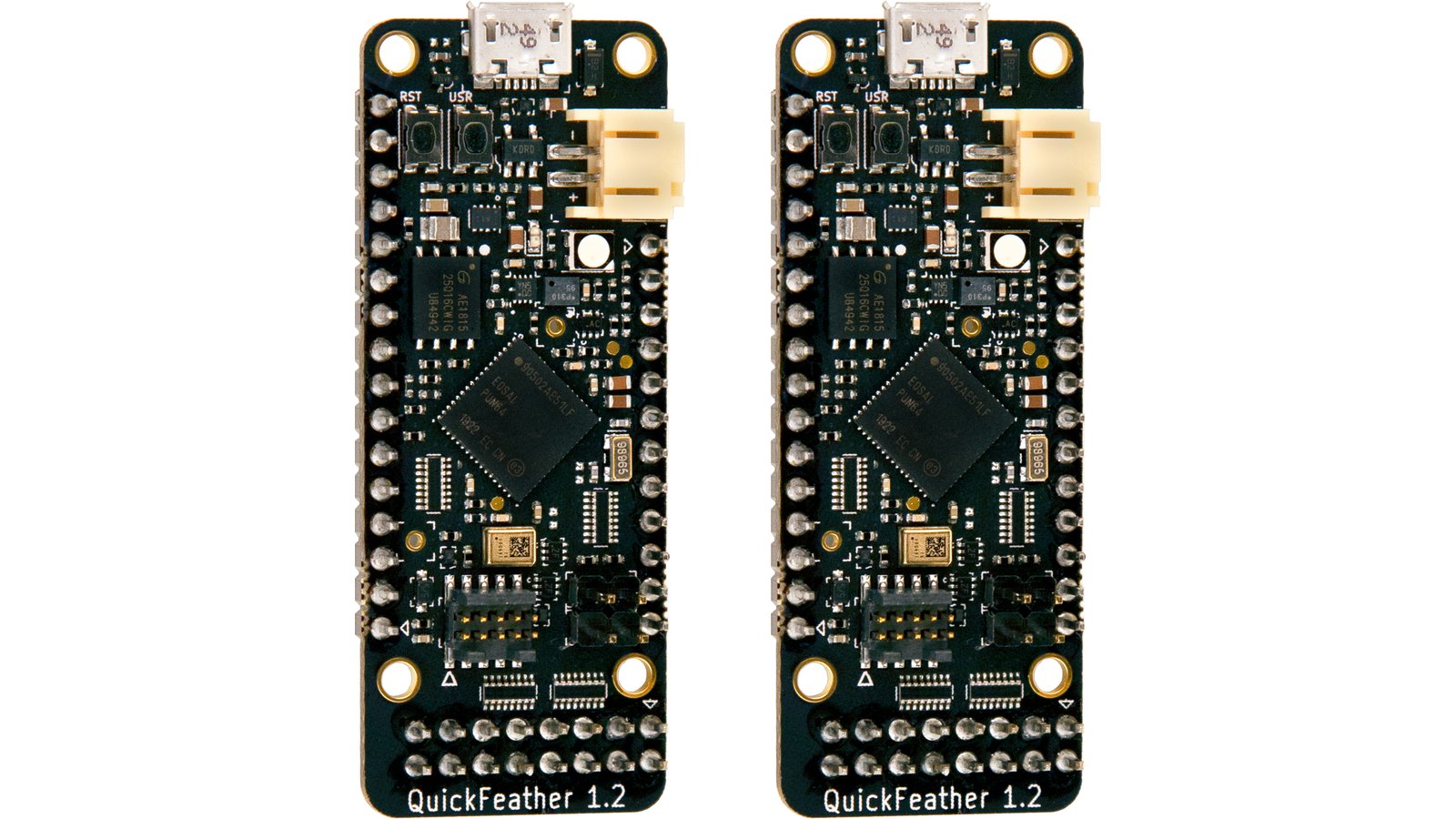
Two totally open source QuickFeather boards with two QuickLogic coasters and stickers, to boot.
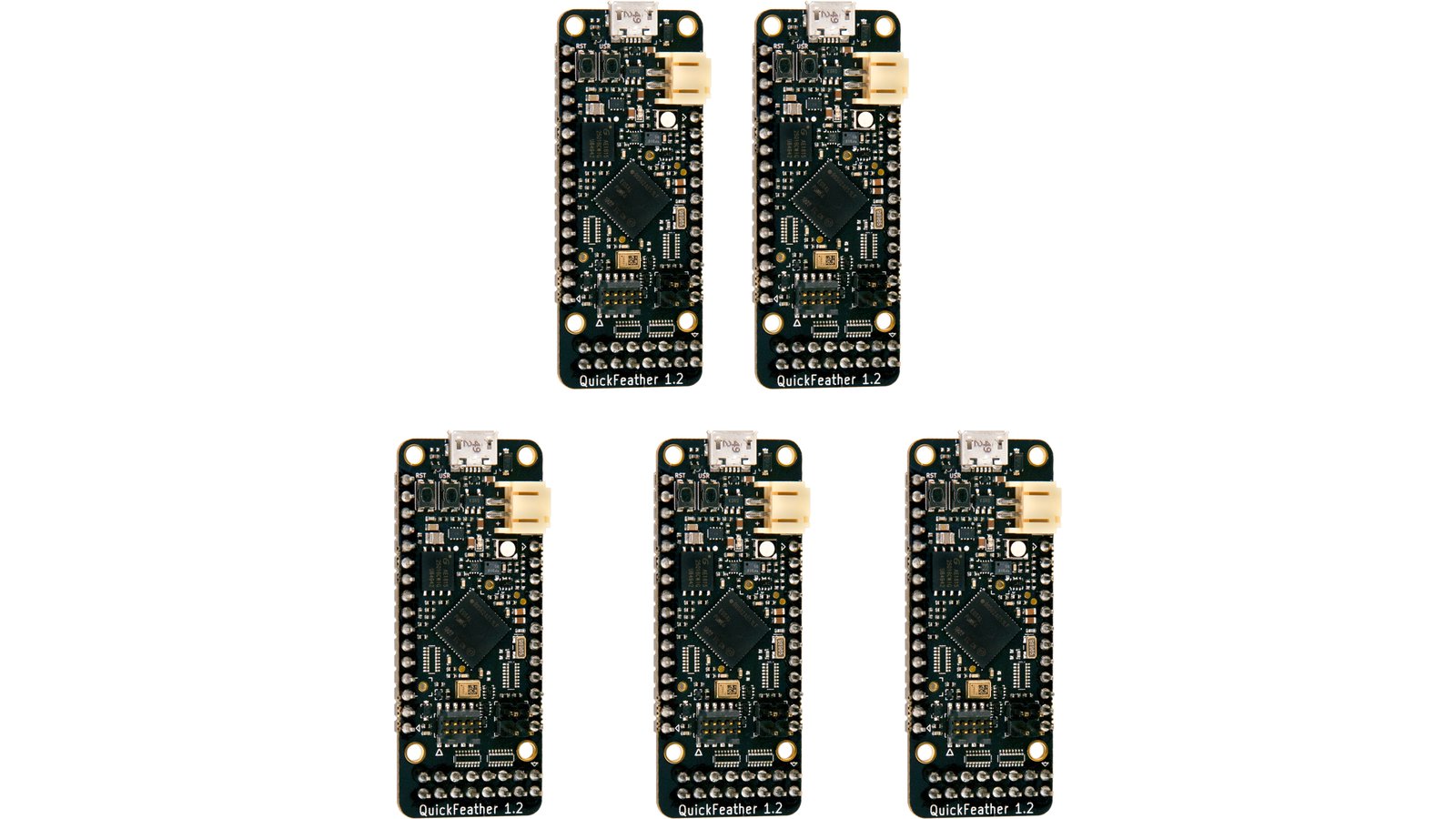
Five totally open source QuickFeather boards with five QuickLogic coasters and stickers, to boot.

Quantity-limited, reduced price, totally open source QuickFeather board with a QuickLogic coaster and sticker, to boot.
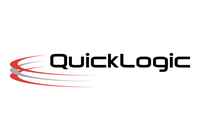
We are a fabless semiconductor company that develops low-power, multi-core MCU, FPGAs, and embedded FPGA intellectual property (IP), voice and sensor processing.